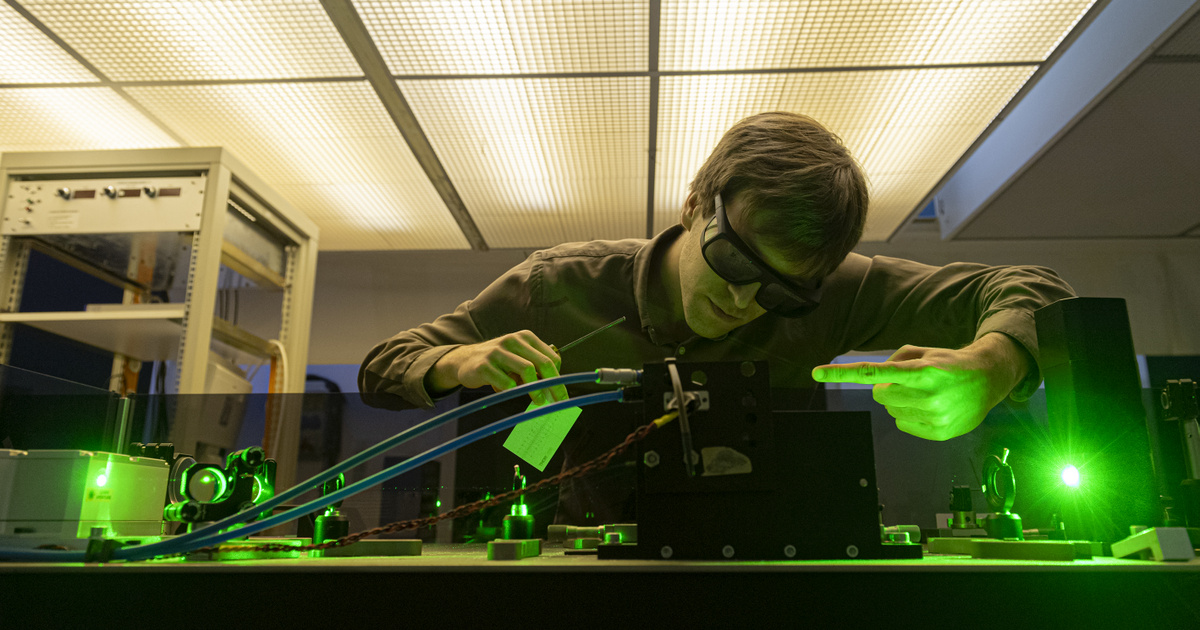For centuries, physicists have been concerned with the question of what kind of light really is: is it essentially a wave or rather a collection of particles? This discussion already existed in the 17th century. It developed in the 18th century. Newton believed that light was made up of particles, while Huygens conceived it as a wave.
The 19th century discovery that light is an electromagnetic wave seemed to settle the debate. But the discovery of the photoelectric effect caused confusion, as researchers noticed that light could tear electrons from metal surfaces, suggesting a particle nature.
However, this effect does not depend primarily on the power of light, but on its wavelength. Einstein described his famous photoelectric formula in 1905, for which he received the Nobel Prize in 1921. The energy of light particles, or photons, is clearly shown in his equation, and the explanation has received numerous confirmations in the 120 years since.
Hungarian research success
At the HUN-REN Wigner Physics Research Center, laser experiments have been carried out in which the dual nature of light is demonstrated: when it interacts with nanoparticles, laser light behaves as a particle and as a wave and generates electrons – writes Hon run.
In their experiments in Budapest, the physicists extracted electrons from gold nanoparticles using femtosecond (10 minus 15 second) flashes of laser light, and then measured the kinetic energy of the resulting electrons.
By carefully tuning the intensity of the laser light, they found a range within which the laser light acts primarily as a particle on the electrons, a so-called multi-photon emission. However, at the same light intensity, electrons with a different behavior were detected, which were affected by the laser light as an electromagnetic wave (emitted electrons).
The beauty of the infrared laser experiment was that we could clearly see two types of light behavior during one experiment.
Peter Dombey, head of the Ultrafast Nano-Optics research group at Wigner FK, summarized this result.
“This result also shows that if you look deep enough during basic research, you can always discover something new even about physical processes that are already well known, which means a lot of motivation to continue research,” added PhD student Balazs Panheji, the first author of the article.
The publication describing the Budapest researchers' findings is prestigious. Physical Review Letters The nanofabrication laboratory of the ELI Laser Research Institute in Szeged also contributed to the experiments by producing specially designed nanoparticles.














































